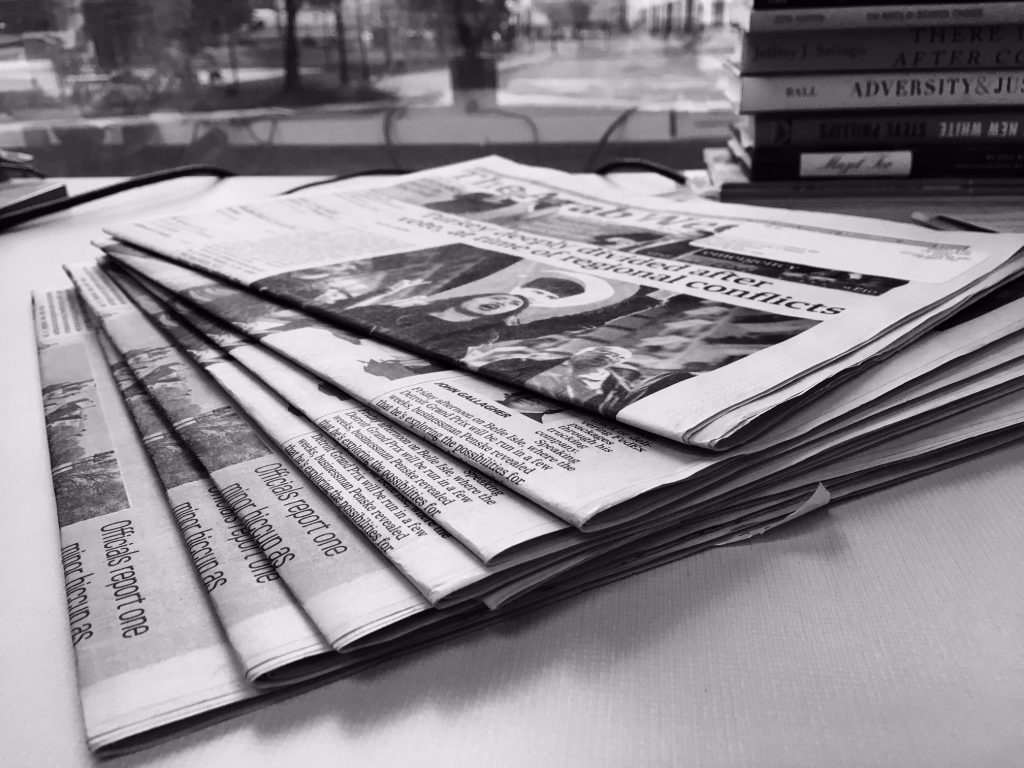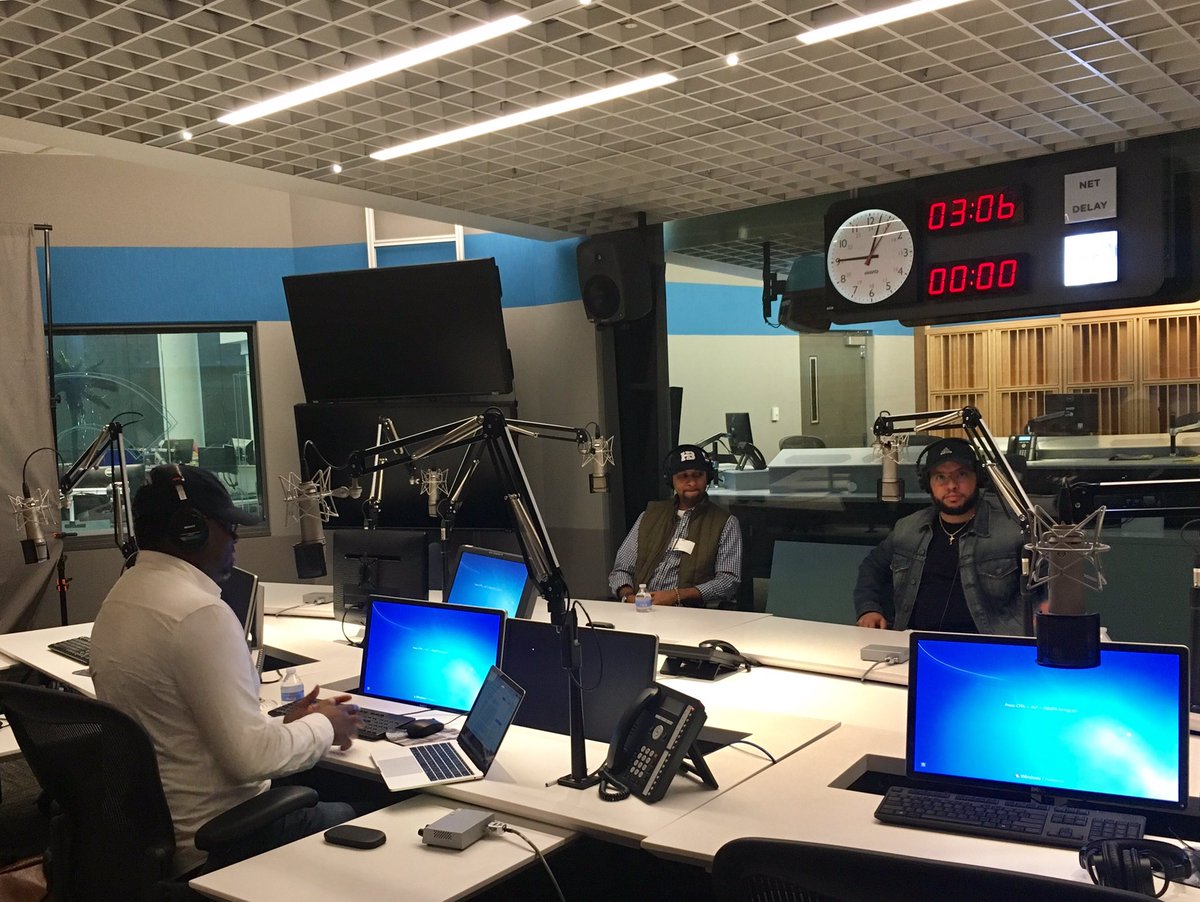What is the Value of Diversity in the Newsroom in 2017?
“We realize that maybe not everyone else in the newsroom sees the world the way we have felt or seen.”


How much do the media influence how we feel about each other or what we think about people who don’t look like us?
Thirty years ago, less than seven percent of reporters in newsrooms across America were minorities. Today, about 17 percent of reporters and editors are minorities, but much of that is attributable to alternative publications — websites, primarily — that have rushed in to fill the void in reporting on minority communities.
It’s not that majority-white newsrooms aren’t covering communities of color, but rather it’s a question of how well a majority-white staff may be able to cover a majority-minority community.
Are stories being lost that might otherwise be headline news? Is there an appropriate level of empathy and understanding afforded in a newsroom that lacks diversity?
“Over time what we [VSB] started to realize was the stories that we were seeing in mainstream publications didn’t have the necessary perspective, or didn’t have the viewpoint that we had,” says Jackson. “Reporting the news is one thing, reporting the feeling is something else.”
“We all know what the news is,” says Tinsley, “but the more and more we understand people’s perspectives, the more and more we can actually have a necessary conversation [about race].”
Tinsley and Jackson say alternative publications and voices also put pressure on mainstream media outlets to better cover communities of color.
Henderson continues the conversation from a more mainstream-media perspective with guests Gene Demby, host of NPR’s “Code Switch” and founder of the blog PostBourgie, and Asma Khalid, reporter at WBUR public radio in Boston who covered the 2016 presidential campaign, and who is also a Muslim woman.
“There’re some traditional, journalistic conventions around neutrality and objectivity,” says Demby. But, he adds, “as informed as it is, it is still starting from a position where, you know, it’s speaking from a specific social location… One of the things that’s happened [is] the landscape of journalism has changed… There are so many more publications that are doing race journalism. Because there are other people in the space now, we don’t necessarily have to be on everything and we can sort of focus.”
This recent shift that many publications have made toward having a “race desk” — such as a Metro desk or sports beat — can sometimes be bittersweet, says Khalid.
“One of the delicate dances I think I feel particularly when I was covering politics,” says Khalid, “is the degree to which we… sometimes filter ourselves because we realize that maybe not everyone else in the newsroom sees the world the way we have felt or seen it… I think having [a race desk is] just a hugely important function in newsrooms, but I worry sometimes that that is done as a sort of justification for not always having integrated minority journalists all throughout the newsroom.”
Click on the audio player above to hear the full conversation.
